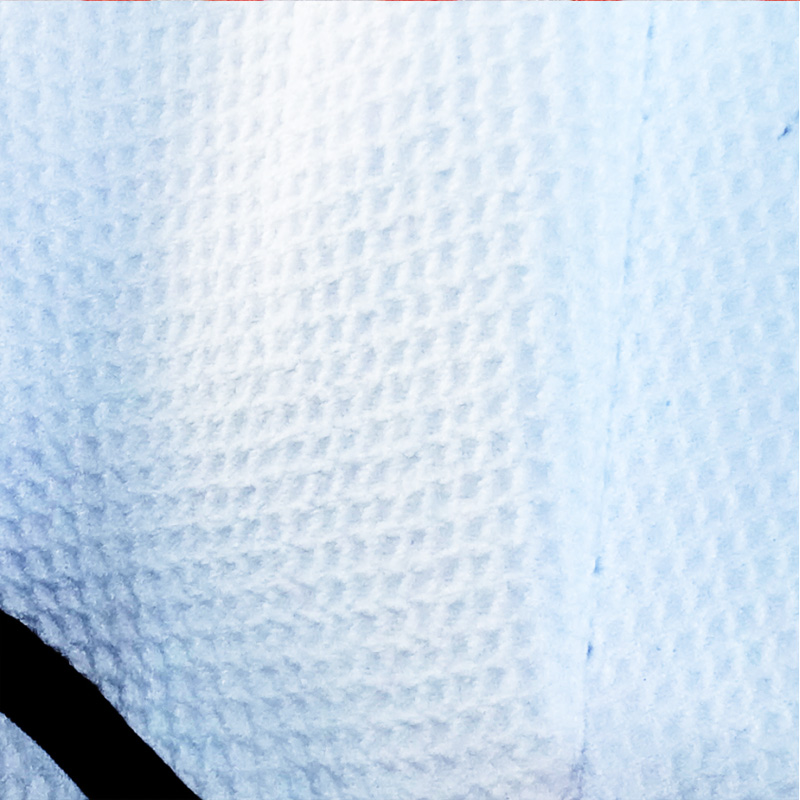If you are interested in some of our products, please feel free to visit our website or contact us for detailed information.
The static charge of microfiber fabric plays a crucial role in its ability to attract and hold dust and allergens. Here's how this process works:
Static Charge Generation:
Fiber Composition:
Microfiber is made from very fine synthetic fibers, typically polyester or polyamide (nylon). The production process often involves splitting these fibers into even finer strands, which increases their surface area and creates more opportunities for static charge buildup.
Friction and Rubbing:
When microfiber fabric is used, friction between the fibers and other surfaces (such as during cleaning or handling) generates a static charge. This charge builds up on the surface of the fabric due to the movement and interaction of the fibers.
Attraction of Dust and Allergens:
Electrostatic Attraction:
The static charge on the microfiber fibers creates an electrostatic field that attracts and holds onto particles such as dust, dirt, and allergens. These particles are often neutral or have slight charges of their own, and the electrostatic forces pull them toward the fabric.
Enhanced Capturing Ability:
The fine, split fibers of microfiber create a high-density network that can trap and hold small particles more effectively than traditional fabrics. The combination of static charge and the physical structure of the fibers allows microfiber to capture and retain particles that are often too small to be picked up by other materials.

Dust and Allergen Retention:
Physical Trapping:
In addition to electrostatic attraction, the microscopic structure of microfiber fabric provides numerous tiny pockets and grooves that physically trap dust and allergens. This dual action of electrostatic and physical trapping helps ensure that the particles are not easily released back into the environment.
Reduced Re-Contamination:
Because microfiber holds onto dust and allergens so effectively, it reduces the likelihood of particles being redistributed into the air or onto surfaces. This makes microfiber an effective material for cleaning and dusting applications, contributing to a cleaner and healthier environment.
Cleaning and Maintenance:
Releasing Static Charge:
Regular washing and proper maintenance of microfiber fabrics can help manage static charge buildup. Washing removes trapped dust and allergens, and the static charge typically diminishes with the removal of particles.
Avoiding Fabric Softeners:
Fabric softeners can coat microfiber fibers, reducing their ability to build a static charge. To maintain optimal performance, it's often recommended to wash microfiber without fabric softeners.
The static charge of microfiber fabric significantly enhances its ability to attract and hold dust and allergens. This is due to the electrostatic forces generated by the fibers, which attract particles and combine with the physical structure of the fabric to trap and retain them effectively.








